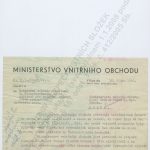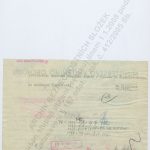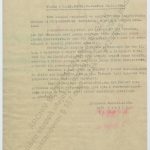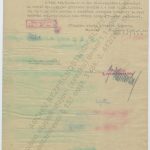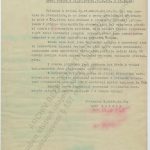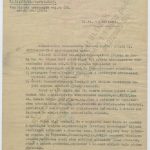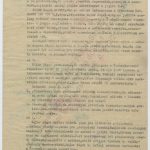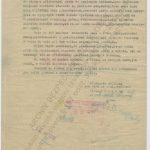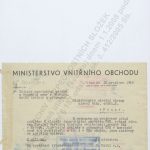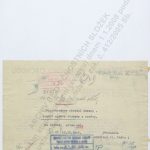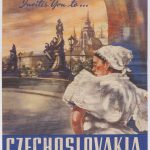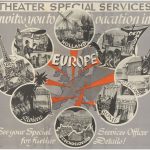Czechoslovakia Invites American Soldiers for Holiday
The Security Services Archive (ABS) keeps in custody also materials that hardly anyone would be looking for here. An example of such materials could be the promotional materials published by the Special Services Department of the High Command of the US Army in Europe, lodged with the collection of the Intelligence Service of the General Staff of Czechoslovak People’s Army. These are two promo posters dated 1946 that “call” soldiers serving in the American occupational zone in Germany for a visit to Czechoslovakia and other European states. The first poster should entice American soldiers not only to visiting Czechoslovakia but also other European destinations, the other, depicting a young lady in a folk costume, Charles Bridge and Prague Castle, openly encourages them to make a visit to Czechoslovakia.[1]
It is apparent from the materials available in the Security Services Archive that the first steps for the promotion and securing of recreation of American soldiers in Czechoslovakia were taken on 24–26 March 1946. That’s when a special military delegation from the USA came to Prague, headed by Major Rigel, and, following an invitation from the Ministry of Foreign Trade, took part in several debates. Their importance is evidenced by the fact that three ministries sent their representatives for the debates, namely Foreign Trade, Education, and Information. The question of opening Czechoslovakia for recreational journeys of American soldiers came hand in hand with the change of system of travels organised by the American army in Germany. Initially the Americans took organised trips with participants who were provided with full service for their recreation. These trips were taken in Western Europe (Switzerland, France, Great Britain and Belgium). This models was now to be withdrawn from, and the soldiers were supposed to choose and pay for their holiday on their own. For this reason, any obstacles that the soldiers on holiday could face, such as in transport, passport checks, or pricing, would have to be eliminated, and the destination should also be recommended so that as many soldiers as possible could take it. Major Rigel saw the potential especially in the promotion of Czechoslovakia through lectures by experts and artists in the American occupational zone, and in supplying American information centres with Czechoslovak publications.[2]
The necessary documents to allow travelling in Czechoslovakia, owing to a “maximum possible concession”, was to be the competence of the Office of the Czechoslovak Military Mission in Frankfurt that normally issued the so-called blue military permits. This facilitating measure was opposed by the head of the 5th Dept. of the Main Staff, Lieutenant Colonel Bedrich Reicin, who demanded that the so-called military permits be issued for the travels of American soldiers who would visit other places than West Bohemia’s spas.[3]
[1] Security Services Archive, ‘Intelligence Service of the General Staff of the Czechoslovak People’s Army’ collection, 2nd division of the Main Staff of the Ministry of Defence, Year 1946, Box 56, item no. 25623/obyc: Tours of American soldiers from the occupational zone in Germany, other documents and promo materials.
[2] Security Services Archive, ‘Intelligence Service of the General Staff of the Czechoslovak People’s Army’ collection, 2nd division of the Main Staff of the Ministry of Defence, Year 1946, Box 43, item no. 12107/obyc: Tours of American soldiers to Czechoslovakia – debate on 26 March 1946.
[3] Security Services Archive, ‘Intelligence Service of the General Staff of the Czechoslovak People’s Army’ collection, 2nd division of the Main Staff of the Ministry of Defence, Year 1946, Box 52, item no. 23881/obyc: Recreational tours of American soldiers to Czechoslovakia. Change in the issuance of military permits.


